So You Want to be an Astronaut?
NASA is cool again

Why the great response this time around? Maybe it was Facebook and Twitter (@NASA_Astronauts has a half-million Twitter followers); maybe it was a singing astronaut, or the longest-running American space explorer (@StationCDRKelly has more than 1 million followers); maybe it was an actor alone on Mars in The Martian, or a real-life fly-by of Pluto.
“I think there were a few things in the air that contributed to such a large response,” said Everett L. Bolduc, an ISS instructor for the NASA Motion Control Group. “Social media has helped show the human side of NASA’s human spaceflight. People get to see what it’s like to be an astronaut during training, while they are in space, and when they come back to Earth. Social media makes it easier for people to envision themselves living and working in space, and maybe that makes the job more approachable.”
ASCANS
Just 300 astronauts were part of the pace program from 1958 until the shuttle program ended in 2011. Of the 18,300 applications for the latest class, how many astronaut candidates (called “AsCans,” according to Bolduc) will join the elite group of space travelers? “Qualified” applicants are currently under review; “highly qualified” applicants will be selected and reviewed from October through December 2017. Beginning in February 2017, candidates will be brought to the Johnson Space Center (JSC) in Houston for initial interviews, medical evaluation, and orientation. Finalists will be determined in May 2017. In June, the eight to 14 possible candidates for the class of 2017 will be announced, and they will report to JSC in August.
“As an instructor, I only get to see the applicants who were selected,” said Bolduc. “Typically they are well-rounded men and women who followed their passion and got to be the best at what they do. That could be flying military aircraft, engineering spacecraft systems, studying geology and physics, teaching schoolchildren, or practicing medicine.”
Is flying experience necessary? No, but the degree you earn at a college or university (and NASA doesn’t care where it’s from, as long as it’s accredited) must be followed by three years of professional experience or 1,000 hours pilot-in-command time in jet aircraft. Jet aircraft experience is usually obtained through the military, advises NASA, but it also states in its application procedures that “any type of flying experience—military or private—is beneficial to have.”
Bolduc emphasizes that NASA looks for candidates who are well-rounded. “You may have a doctorate, two master’s degrees, and graduated top of your class, but you still can be tasked to fix the space toilet. You need to be the type of individual who another pilot would have no problems sharing a cockpit—from New York to Los Angeles, in a Cessna 152,” he said. Bolduc is a 500-hour commercial pilot and a part-owner of a Beechcraft Sundowner. “Extended spaceflight can require living in close quarters with others, sometimes with people who may not speak English as their first language. Having a friendly, easy-going personality can go a long way.”
WHAT A RIDE
Selection as an AsCan does not automatically mean you’ll become an astronaut. First, there’s two years of training to complete. The training is wildly varied—mastering the Russian language, scuba certification, robotics, and the aforementioned toilet repair. “The group will spend their first two years at NASA learning about NASA’s spacecraft, taking Russian language classes, flying and maintaining T–38 jet aircraft, wilderness survival, and how to spacewalk using the large neutral buoyancy laboratory pool,” Bolduc said. “Not all crews include a medical doctor, so candidates also get training on everything from first aid to basic dentistry.”
At Johnson Space Center, the ISS is re-created down to every detail. The size of the station, the capsules, the robotics—everything is exactly as it is 250 miles above Earth. Astronauts returning from their missions on the ISS have said that nothing was surprising at the space station because in training they had spent so much time in the exact replica. The view, however, was as remarkable as expected.
Astronaut candidates are federal employees and are on the government pay scale. Salary ranges from $66,000 to $144,000 per year. Most live in the Houston/Clear Lake, Texas, area near the JSC. Months of training are also required in Russia (since the United States does not have a shuttle program, all launches to the space station are aboard Russian spacecraft). Astronauts live at the Yuri Gagarin Cosmonaut Training Center in Star City, outside of Moscow. After the two years of training—and satisfactory completion of all requirements—candidates are considered astronauts, are permanent federal employees, and now undergo two more years of training in specific tasks for associated missions.
“Like starting any new job, I imagine it can seem pretty exciting and stressful,” said Bolduc of the opportunity. “In many respects it’s like going back to school. You have class, study, take exams, go through scenarios, and have to learn a foreign language. Instructors like myself are constantly evaluating you. If you get lucky enough to be assigned flight to the ISS, you will be traveling to places like Japan, Russia, and Germany. That can mean a lot of time away from family and friends.”
So you still want to be an astronaut?
“When not working in space, astronauts have to drive to the office and go to the supermarket like the rest of us,” said Bolduc. “At least on their minivan they can put on a bumper sticker that says: My other vehicle is a rocket.”
Watch for the next opportunity for astronaut applicants (http://astronauts.nasa.gov).
Julie Summers Walker is senior features editor for AOPA Media.
Photography courtesy of NASA
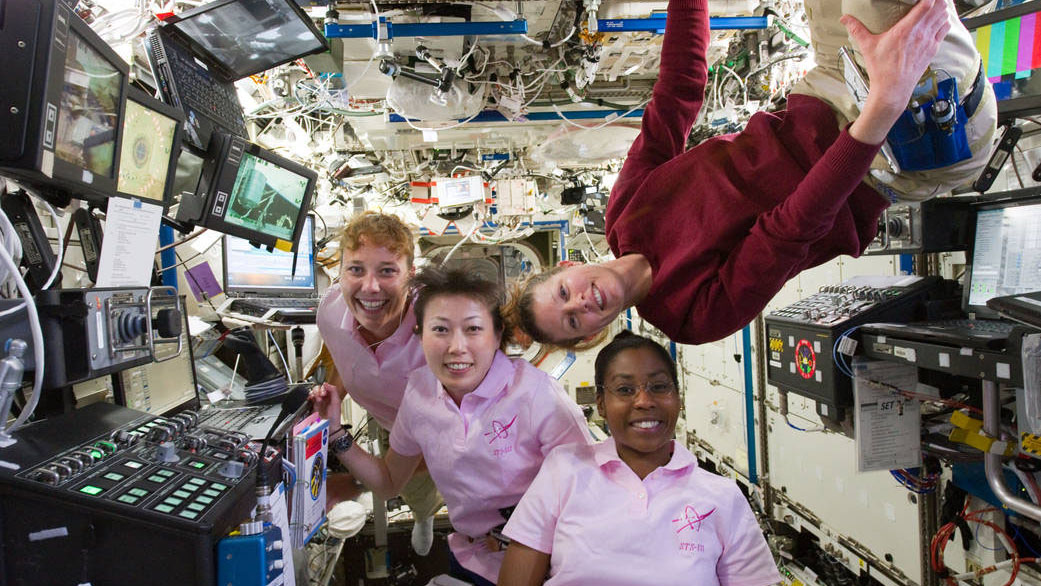

Behind the information screens are replica modules of the ISS at Johnson Space Center.
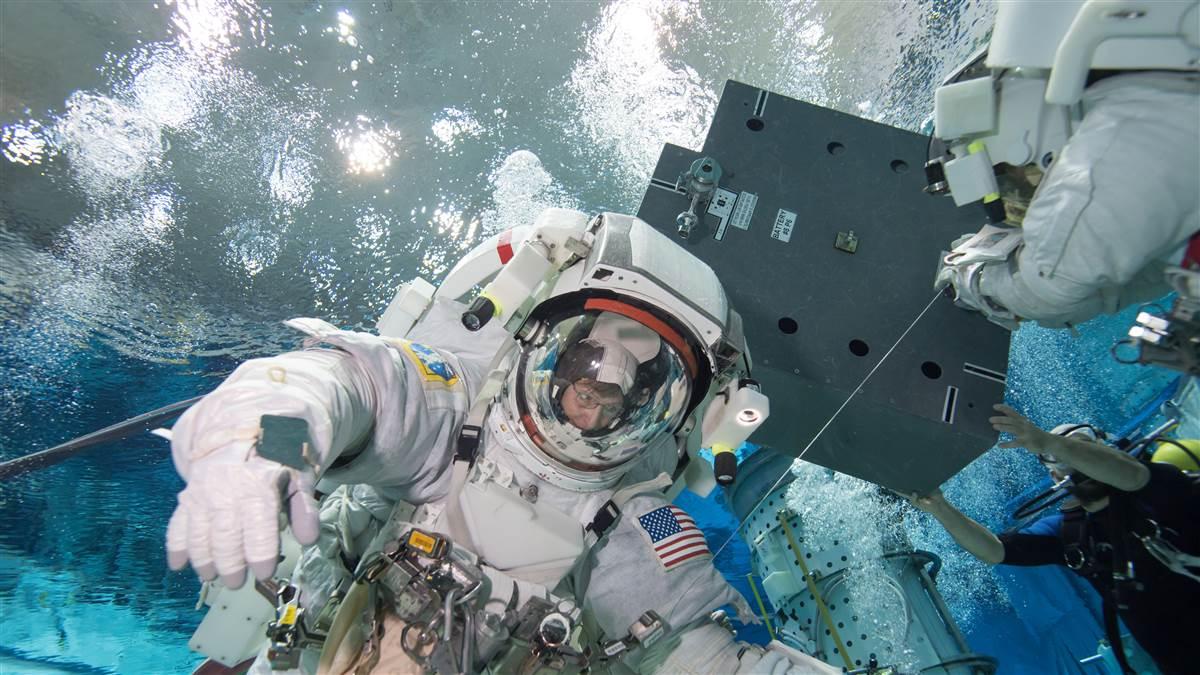
At the Sonny Carter Training Facility near the Johnson Space Center, trainees practice EVA—extravehicular activity, the art of performing tasks while experiencing weightlessness. NASA's neutral buoyancy laboratory pool is 202 feet long, 102 feet wide, and 40.6 feet deep; it holds 6.2 million gallons of water. Inside are replicas of the ISS modules and payloads.
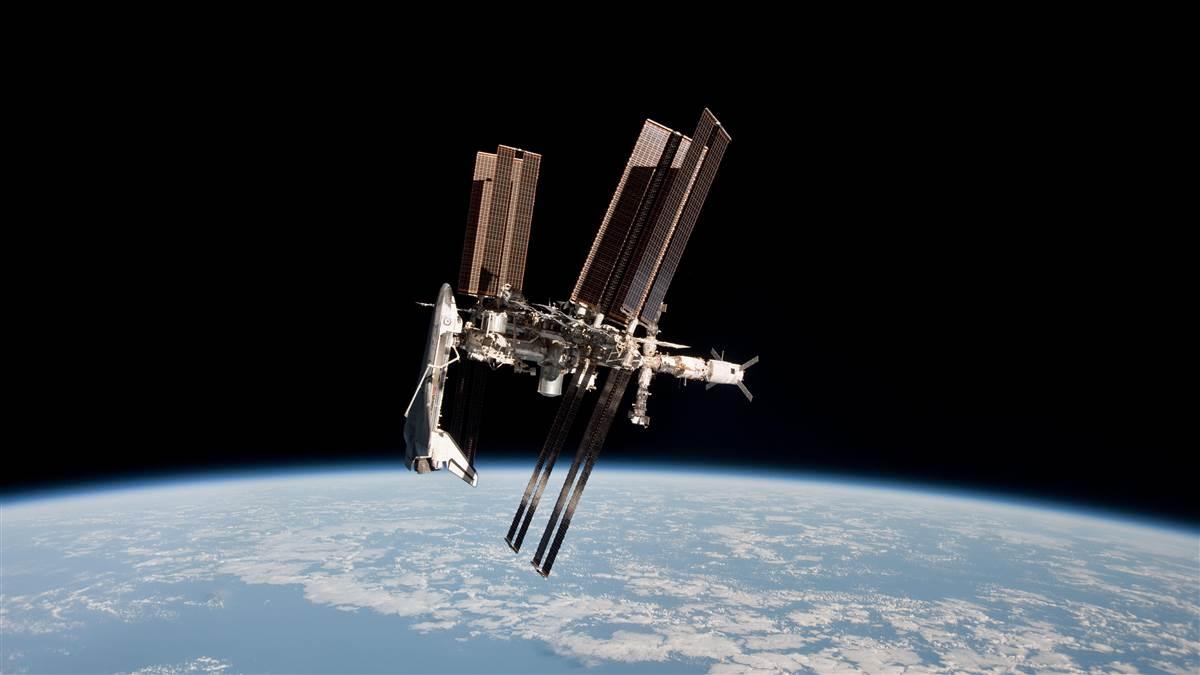
The International Space Station (ISS)
The International Space Station first launched into orbit in 1998, and it is now the largest artificial body in orbit. The ISS can often be seen with the naked eye from Earth. Crew members conduct research in various disciplines to advance scientific knowledge in space, physical, and biological sciences for the benefit of people living on Earth. The station operates as a national laboratory for scientific research and facilitates the development of U.S. commercial cargo and commercial crew space transportation capabilities. ISS is the “springboard to NASA’s next great leap in exploration,” enabling research and technology developments that will benefit human and robotic exploration of destinations beyond low-Earth orbit, including asteroids and Mars, according to NASA. “It is the blueprint for global cooperation, one that enables a multinational partnership and advances shared goals in space exploration.”
- 144 + 49 Russian spacewalks = 193 spacewalks since 1998.
- 18: The space station has been continuously occupied since November 2000. In that time, 222 people from 18 countries have visited.
- The ISS will stay in space until “at least” 2024. NASA and its contractors are working on certifying that the station’s components can hold up until at least 2028.
- The ISS weighs zero pounds in space but would weigh 924,739 pounds on Earth.
- Crewmembers conduct research in a 35-hour workweek.
- $160 billion: cost of the ISS (United States has paid $100 billion) to date.
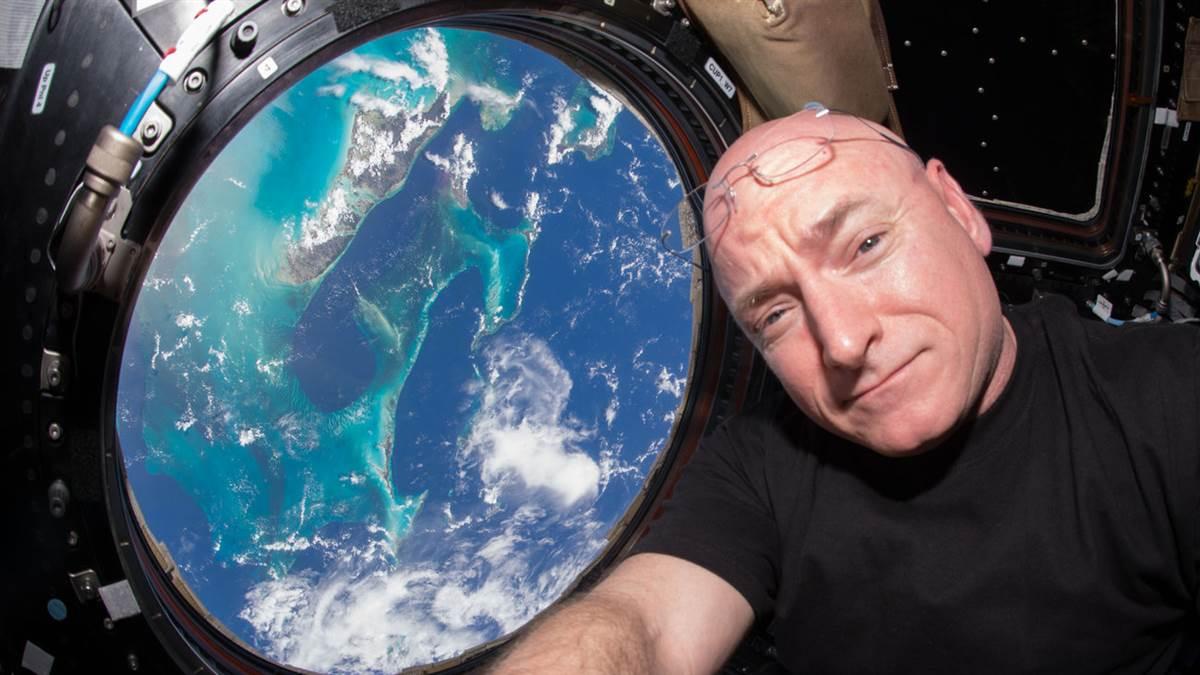
- Astronaut Scott Kelly spent the most cumulative days of any American in space—520
- 2.3 million lines of computer code.
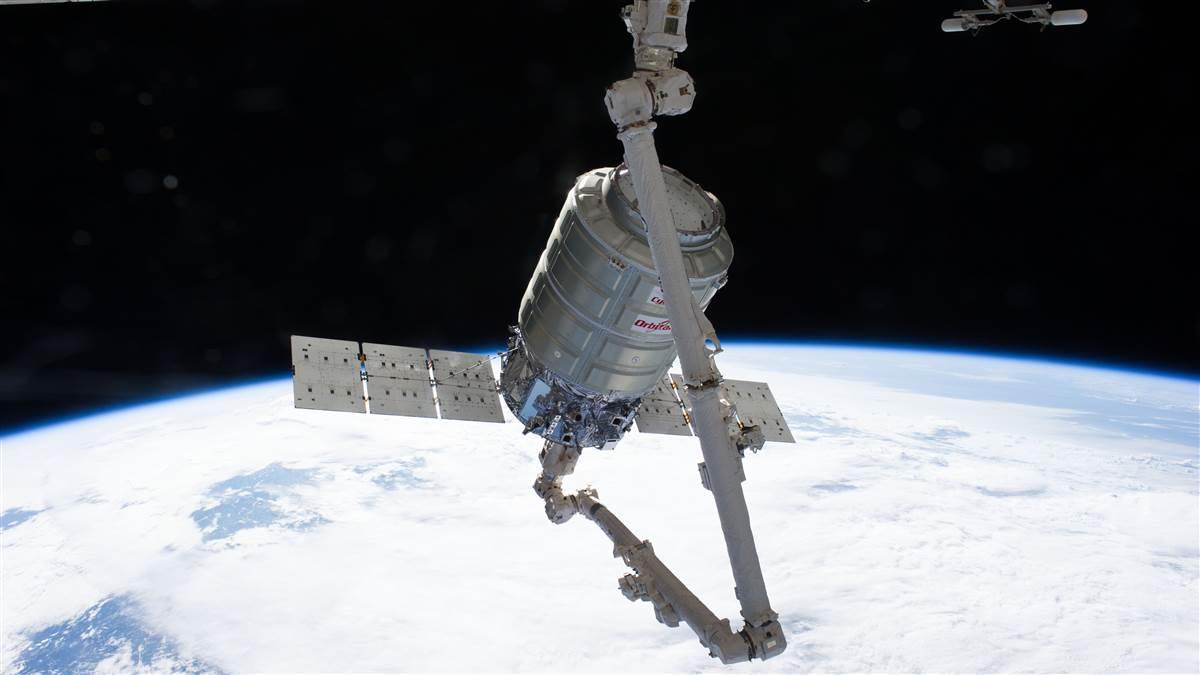
- The 55-foot robotic arm can lift 220,000 pounds.
- The ISS would fill a football field.
- It measures 357 feet from end to end (a football field is 360 feet long).
- ISS orbits 250 miles above Earth.



